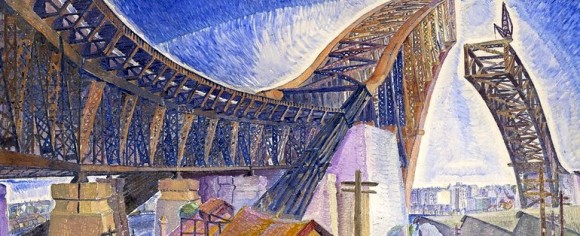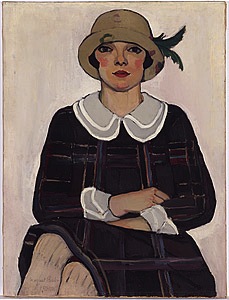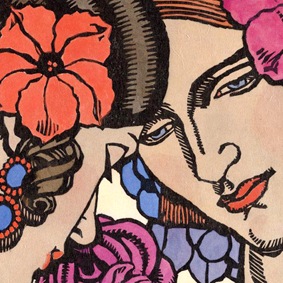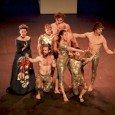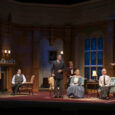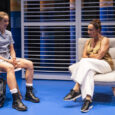The current major exhibition at the Art Gallery of New South Wales is Sydney Moderns. It has the subtitle Art for a New World, and the pictures shown – over 180 works by many of Australia’s most significant artists of the 1920s and 1930s – express the excitement and fear that the rapid urbanisation of Sydney engendered in them.
The excitement was obvious. Technological and engineering advances (ironically, many rapidly advanced by the carnage of the First World War) were changing the face and the pace of the city.
From its inception in 1923 until its completion in 1932, the Sydney Harbour Bridge loomed over the city as a symbol of modernisation and a technology that had been a dream only half a generation before. Artists painted the bridge from many angles – literal and philosophical – a God-like rainbow of steel, a symbol of the triumph of man. Grace Cossington-Smith’s The Bridge In Curve from 1930 is a thrusting thing of beauty, actually changing the fabric of the very sky around it.
But there were others who saw it as something that dwarfed the humanity that scurried ever-faster beneath it. And here is the fear. It was all going too fast: Grace Cossington-Smith’s Rush and Crowd, both show a panic at the new pace of Sydney life. The brutality of it was anathema to the sensibilities of artists such as Cossington-Smith and Margaret Preston.
Whereas Cossington-Smith seemed to react with a Cezanne-like analysis of the new shapes being built daily before her, others reflected the New World they saw in different ways.
Margaret Preston applied a cool graphicity to her pictures – hard edges, flat planar colours. Her Flapper of 1925 is a work of graphic sang-froid; it was only logical that she moved soon into a woodcut style (hand-coloured) that was only line and fill. The Bridge didn’t frighten her – her Sydney Bridge woodcut of 1932 has the steel icon knitted firmly into the cool lattice of lines and colours, safely in the middle distance.
Others reacted differently in trying to understand the shock of the new. Roy De Maistre – a highly skilled technician who easily straddled academic rigour and abstract adventure – leapt at it all, as the Italian Futurists had done earlier. Together with Roland Wakelin and others, he developed colour theories and colour keyboards and made synanthesic images of music. He is credited as the first Australian artist to use pure abstraction and it is the experiments of the over-heated 1920s that led him there.
However, the abstract works shown in Sydney Moderns are not as successful as the figurative works, as they seem to be in thrall to Kandinsky and Sonia Delaunay and chiefly European innovations.
But the light in the figurative works can only be Australian: just like Roberts and Streeton before them, this new generation knew their Antipodean light and it is everywhere in these works – bright, white and dry-hot.
Another unique aspect of the times was the brief marriage of high Art and commerce. Max Dupain created photography for Hoover ads, Margaret Preston and Adrian Feint illustrated covers for The Home Magazine (‘The Australian Journal of Quality’) and Roy De Maistre designed colour schemes for interior decorators. For a while it all blurred, before Art alienated everyone and Commerce dumbed down again. It was the time of Art Deco, where decoration – a blasphemy to any modern cap-A Artist – was for a time held as a high goal.
It is telling that even an artist as visionary as Margaret Preston would write (to the artist Norman Carter): “I was very interested to hear of your decorative work – it’s the only thing worth aiming for this century – it’s really the keynote of everything – I’m trying all I know to reduce my still lifes to decorations and I find it fearfully difficult.”
Sydney Moderns curators Deborah Edwards and Denise Mimmocchi have smartly organised the enormous number of works into five broad categories: Colour, light and colour-music; Modern life, modern city; Still life as laboratory table; Landscapes of modernity; and Paths to Australian abstraction.
As an exhibition, it is a superb telling of a time when Australian Art looked forward with some trepidation, but mainly excitement, to a future that was truly a New World.
Sydney Moderns – Art for a New World runs until 7 October 2013.

